The Second World War saw enormous and scarcely believable technological advancement over the course of a mere six years. Armies that began the war with bolt-action rifles and horse-drawn transports ended it with assault rifles and jet-powered aircraft, and the world was forever changed by the terrifying power of atomic weaponry. There was, one might say, a bit going on. We see this too in our games of Bolt Action – an early-war force is vastly different to a late-war one in terms of equipment, composition, and playstyle. You might think that a 1945 force would crush one from 1939 without breaking a sweat, but the reality is often surprising. This of course begs the question – in competitive Bolt Action, which is better?
I tried to come down on one side or the other, but after hours of wracking my brain, I honestly couldn’t – they both have their advantages and disadvantages. Rather than scrap the whole idea, I’ve decided to present the case for both, so that you can decide for yourself! Before we begin, a note on terminology is required. When we say ‘early-war’, we’re talking about 1939-41, while ‘late-war’ is 1944-45. Each will get an article, as will 1942-43 – the ‘mid-war’ period!
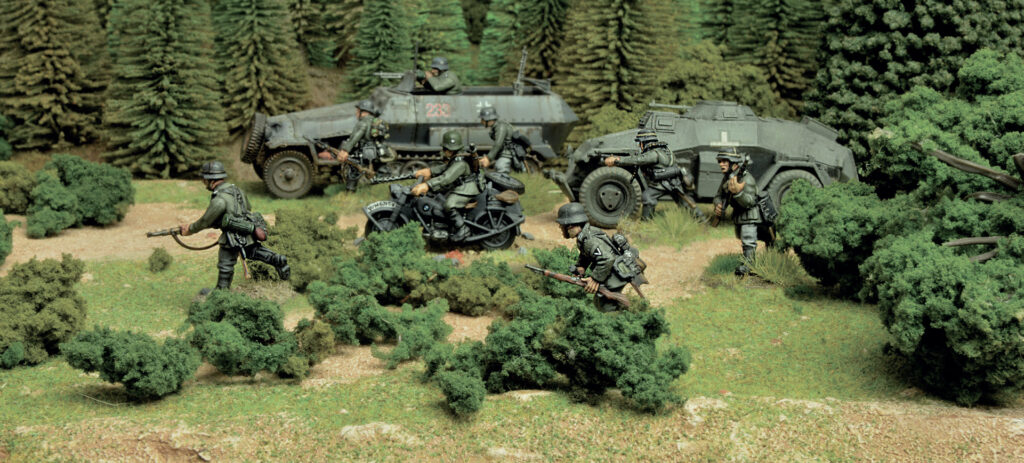
Let’s start at the logical place – the beginning! An early-war army may seem restrictive in terms of what you can include – very few heavy guns and tanks, and a distinct lack of small, ‘elite’ units packing all sorts of crazy weaponry. Your infantry are likely going to be in nice big blobs, probably with only a single light machine gun and a submachine gun or two, while you’re going to have something with a ‘mighty’ 7+ or 8+ Damage Value sitting in your tank slot. So, of course, you’re completely out of luck, right? You’ve got absolutely no hope if you run into a late-war list full of big guns and bigger tanks. You’re doomed! Wrong – let’s have a look at where an early-war force really shines.
As we know, you can never have too many Order Dice in the bag – the more dice you can have over your opponent, the better, as it’ll give you what I like to call ‘bag control’. This is basically the idea that your dice are much more likely to be drawn at crucial moments, simply because there are more of them! In order to have lots of dice, you need cheap units – and the early war does cheap very well indeed! Let’s take a look at Armies of Great Britain as an example. We’ll put together a hypothetical British Expeditionary Force (BEF) army for an imaginary tournament that is competitive but requires armies to be themed as well. As we know that we’re going to very likely face plenty of mid- and late-war armies, we’ll need something to deal with armour, but we can’t allow the fear of a big tank to give us tunnel vision. Let’s build an infantry-focussed 1,000pt force that can hopefully do some damage on the scene.
To start with, let’s look at what we do have access to. Early-war infantry is available in all three flavours (Inexperienced, Regular, and Veteran), along with MMGs, Boys anti-tank rifles, and both light and medium mortars. As one might expect, all sizes of howitzer can be had, but we’re limited to 2-pdr light anti-tank guns. Likewise, our armoured support is perhaps a little underwhelming at first glance, being primarily light and early ‘cruiser’ tanks. For armoured cars, there are a few choices which could get quite interesting, and we’ve got plenty of transports to get us on the move.
As a theme, I’m going to loosely base the force on General Montgomery’s 3rd Division during the Fall of France. This formation was well-drilled and highly regarded, and was fortunate to suffer relatively few casualties on the retreat to Dunkirk. I know roughly what I want the force to do (have plenty of dice and get stuck in with the bayonet), so let’s see what we can get for our 1,000 points.
| Unit Type | Unit Name | Options | Cost |
|---|---|---|---|
| Infantry (Headquarters) | Regular 2nd Lieutenant | Extra Man; SMGs; | 60 |
| Infantry (Headquarters) | Regular Artillery Forward Observer | – | FREE |
| Infantry (Squad) | Regular Infantry Section (Early War) | 5 extra men; | 100 |
| Infantry (Squad) | Regular Infantry Section (Early War) | 5 extra men; | 100 |
| Infantry (Squad) | Regular Infantry Section (Early War) | 5 extra men; | 100 |
| Infantry (Squad) | Regular Infantry Section (Early War) | 5 extra men; | 100 |
| Infantry (Squad) | Inexperienced Infantry Section (Early War) | 4 extra men; | 63 |
| Infantry (Team) | Regular Boys Anti-Tank Rifle Team | – | 30 |
| Infantry (Team) | Regular Medium Mortar Team | Spotter; | 60 |
| Infantry (Team) | Regular 25pdr | Spotter; | 65 |
| Vehicle (Cruiser Tank) | Regular A9 Cruiser Tank Mk ICS | – | 125 |
| Vehicle (Armoured Car) | Regular Morris CS9 Armoured Car | – | 80 |
| Vehicle (Transport) | Regular 3-Ton Truck | – | 39 |
| Vehicle (Transport) | Regular 3-Ton Truck | – | 39 |
| Vehicle (Transport) | Regular 3-Ton Truck | – | 39 |
National Characteristic: Up and At ‘Em; 1000 Points, 15 Dice
What we’ve got here is a pretty hefty number of bodies to throw at your opponent or snatch objectives – 40 Regular infantrymen is nothing to sniff at! The extra nine Inexperienced chaps could well represent a ’scratch’ section made up of men from various units caught up in the chaos of the retreat, and will be useful for grabbing objectives late in the game if they can be kept out of the firing line early on. A trio of trucks gives the list decent mobility (and provides three extra dice to boot), meaning that in missions like Double Envelopment I can get a significant proportion of my force across the table in a hurry. Fire support is admittedly a little thin on the ground, relying on a pair of Boys rifles (one on foot and another in the turret of the CS9) along with the 25pdr firing over open sights. The brace of howitzers (in the A9 and the aforementioned 25pdr) and Medium Mortar give a good spread of indirect fire (remember, Pins mean Wins!) and the ubiquitous free Artillery Forward Observer is, with a bit of luck and clever placement, able to dish out a significant amount of punishment. The ace in the hole here is the A9 ICS – three MMGs and a light howitzer? Yes please! Enemy infantry will need to be very careful around it, lest they be torn to shreds.
Tactically, the Up and At ‘Em National Characteristic functions a bit like a poor man’s version of the infamous Japanese Banzai special rule. Nevertheless, it means I can get my regulars stuck into combat more easily. This characteristic also lends itself to a few really nasty tricks strictly for the competitively minded, but they are neither nice nor gentlemanly!
This certainly isn’t the nastiest early-war list it’s possible to make, but it does show the primary strengths and weaknesses of the average early-war force – namely lots of bodies, lots of order dice, and tanks absolutely bristling with machine guns, but a lack of heavy anti-tank weaponry and short-ranged assault weaponry. I’d be happy to take it to an event, with the reasonable expectation that it might win a game or two.
Join me next time as I take on the mid-war years!
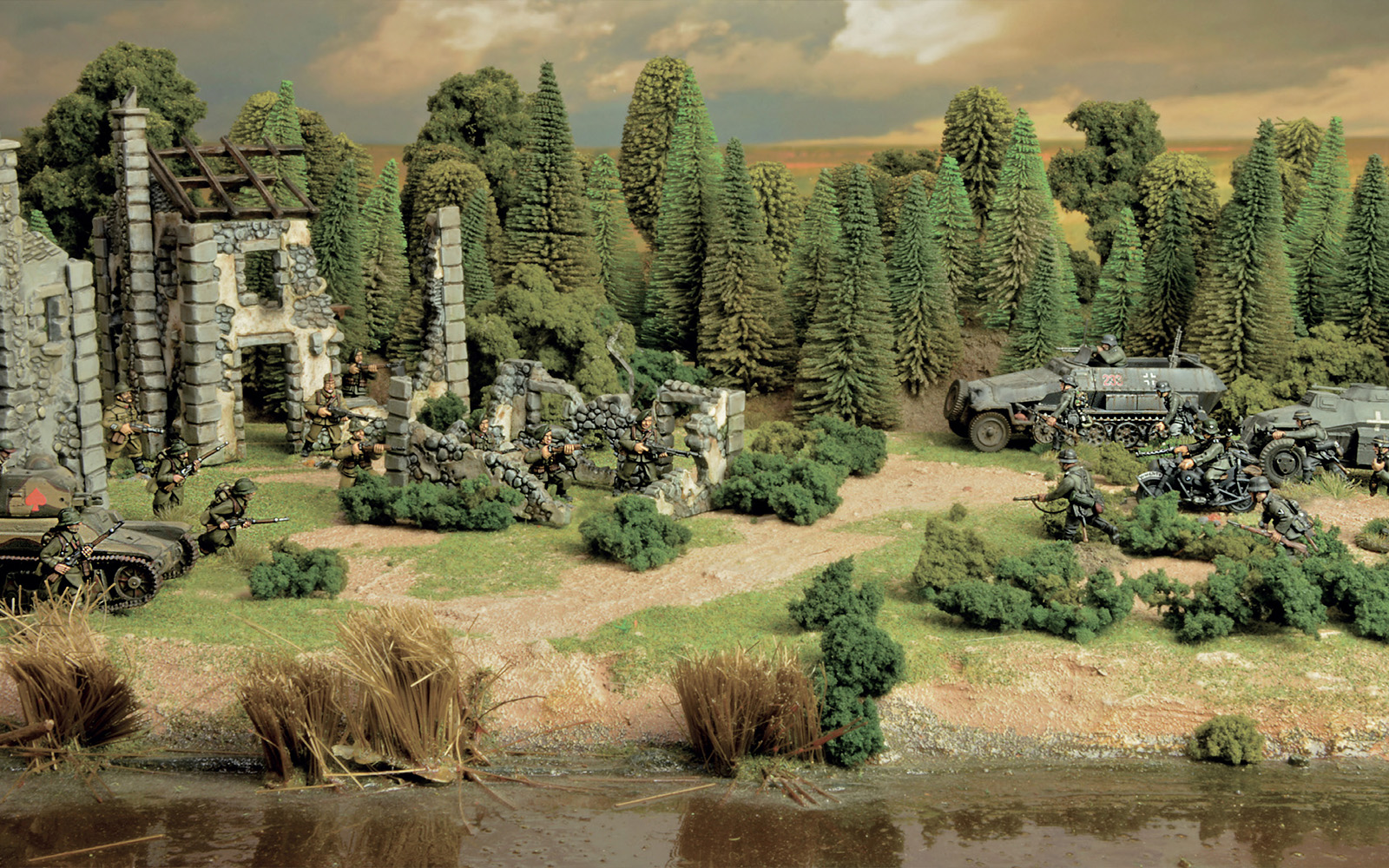
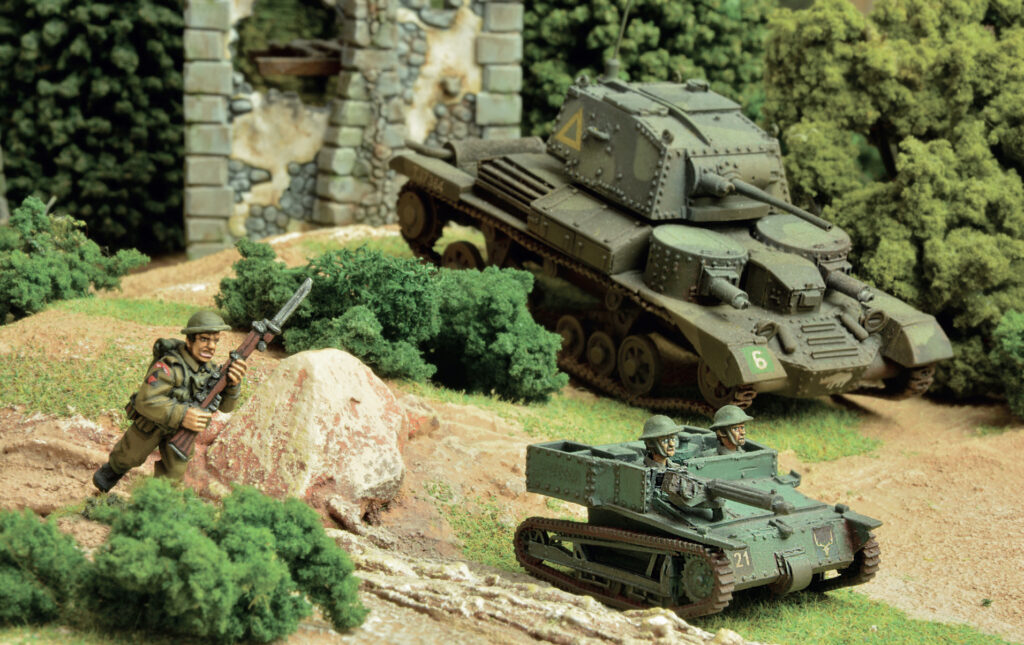
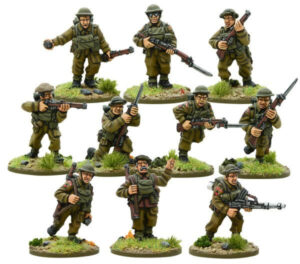
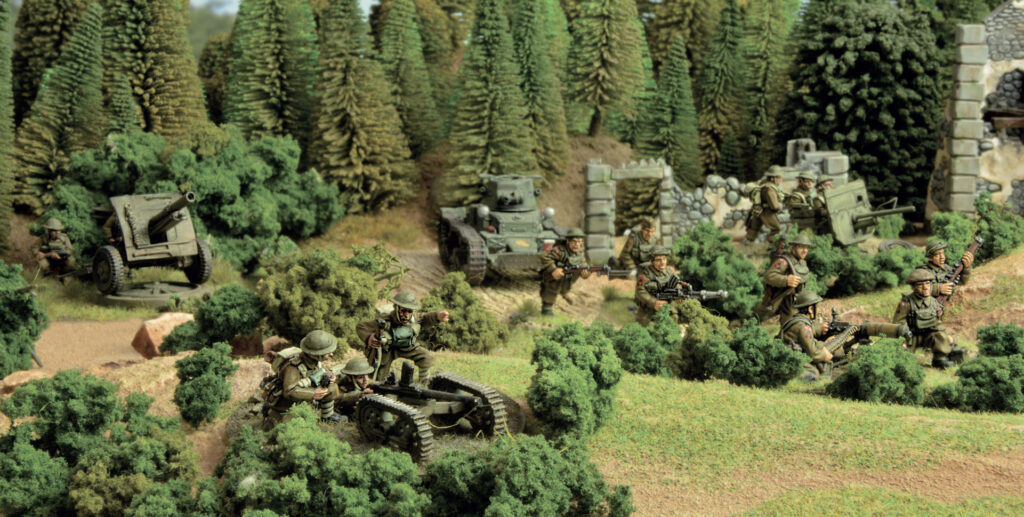
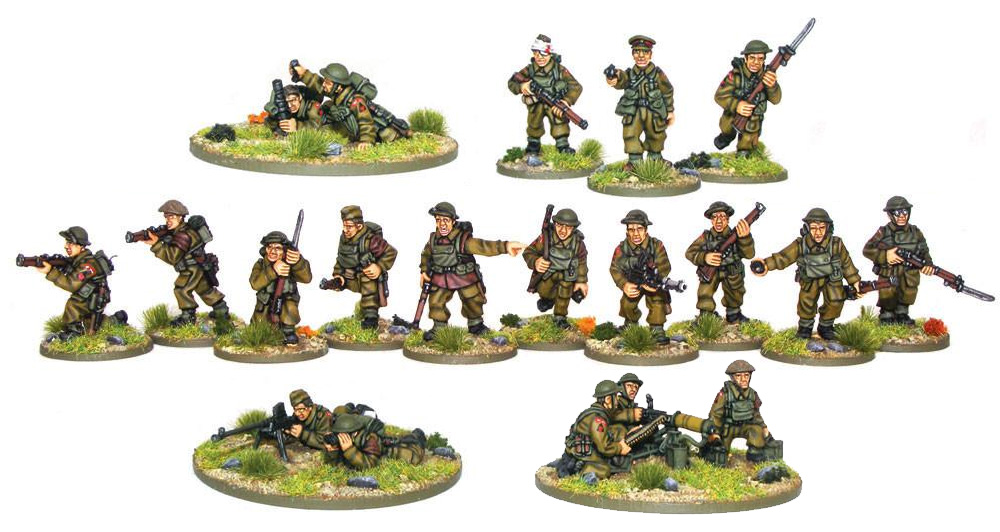
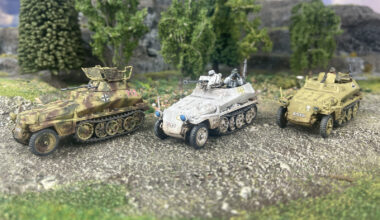
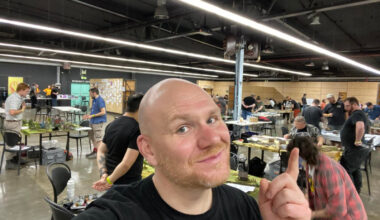
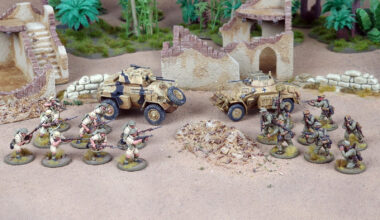
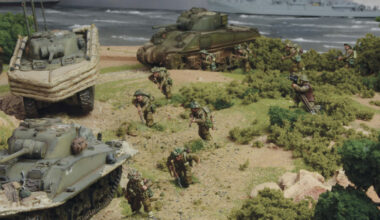
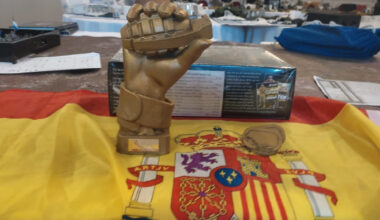
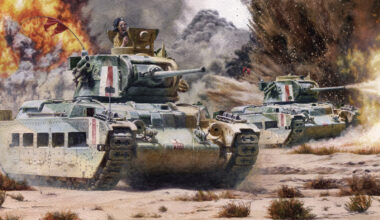
2 comments
Looking at this article my first and foremost thought is…how could somebody afford all of this!?
At £25 a pop for squads alone it will be over, £100, then tack in the support and vehicles and you are looking at over £200 easily, bit much especially in this economy.
I know right!!?? I’m like “I’ll just build a competetive list on easyarmy……Oh wait, that will be $150 for a 1000 point platoon
That is why I go with all vet units, less figures is cheaper but you get the same competetively
Comments are closed.